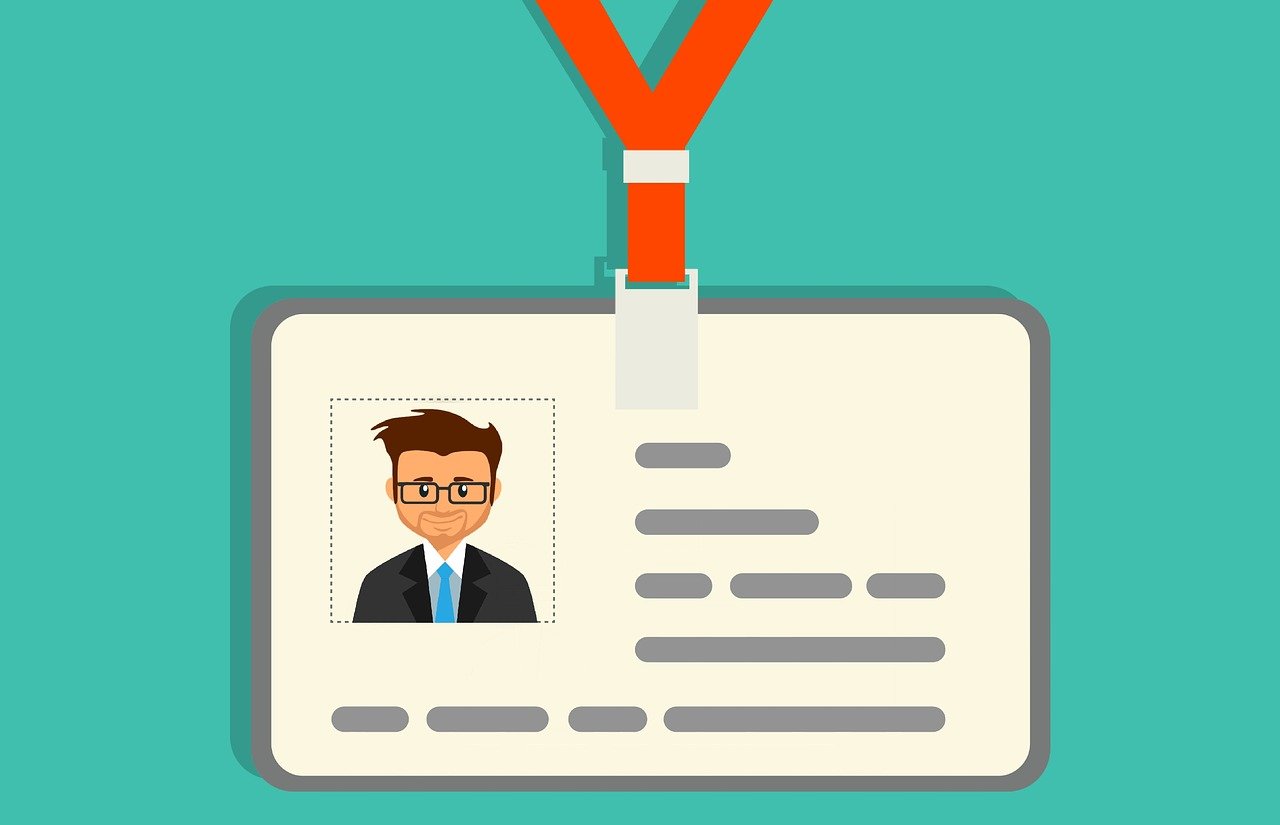
ID cards have become an integral part of any organisation’s security and operational efficiency. From enhancing security to improving customer service, ID cards serve many important functions. Here are some of the key reasons why ID cards are essential for security and efficiency:
New Ways To Make ID Cards
In the past, ID cards were basic paper cards with little security. Now, modern new ways to make ID cards are available like proximity cards, smart cards, and biometric cards offer much more robust security. Proximity cards use radio frequency identification (RFID) chips to allow contactless access control. Smart cards also have an embedded chip that can store and encrypt data. Biometric cards use fingerprints, facial or iris recognition to provide multi-factor authentication. These high-tech options make ID cards much harder to forge or tamper with.
Enhances Security
The primary purpose of ID cards is to enhance security by quickly identifying employees and authorized personnel. ID cards allow organizations to restrict access to secure areas and resources to only approved individuals. With technologies like smart chips, proximity sensors, and biometrics, ID cards have become much more effective at screening individuals and granting the proper level of access based on one’s role and security clearance.
ID cards help monitor activity by keeping records of who has accessed secure resources and areas. If there is ever a security breach, ID cards provide an audit trail to aid investigations. They can also deter criminal behaviour in the first place since individuals know their actions may be traced.
To further improve security, many organizations use ID cards with photos to make them easily identifiable and prevent abuse. Security personnel can quickly look at an ID card and match the photo to a person’s face to determine if they are who they claim to be.
Enhances Professional Image and Branding
ID cards also project a professional image of an organization. Well-designed ID cards with company branding help employees appear official, trusted, and legitimate. They allow companies to prominently display logos and reinforce their brand. For businesses that deal directly with customers, ID cards also allow customers to identify staff and associate employees with the brand easily.
Differentiates Between Communal and Secure Work Areas
Colour-coded ID cards are frequently used to differentiate levels of access. For example, one colour may designate regular staff while another colour is used for secure areas like IT servers or research labs. Some companies use special credentials for high-security access to vaults or data centres. The visual cues of ID cards provide an easy way to distinguish at a glance the access rights of different individuals.
Facilitates Activity Tracking and Monitoring
ID cards make it easy to track employee hours and activity. Many companies use ID cards to log time in and out of work or log in to workstations and networks. The data recorded from ID cards provide insights into how facilities and resources are being utilized. They give management information to optimize security patrols and staffing levels.
Some organizations also use ID cards to monitor individual activity for productivity or compliance reasons. For example, hospitals may track the access of staff to medicine and patient records to ensure proper authorization and procedures are followed. Factories may monitor employee access to hazardous equipment and restricted work areas. While this type of close monitoring does raise some privacy concerns, it highlights how ID cards can be used to gain visibility into operations and individual behaviour.
Improved Customer and Employee Relations
ID cards improve customer service by allowing staff to be easily identified. Customers immediately know who is an official employee that can assist them. For service providers, ID cards convey a sense of responsibility, trustworthiness, and professionalism. Employees can also identify each other quickly, enabling better collaboration and teamwork.
Protects Business Equipment
Requiring ID cards to access equipment like computers, machinery, vehicles, and lockers provides an additional layer of protection for valuable business assets. Only authorized individuals should have the ability to access these resources, and ID cards are an effective way to manage access and prevent unauthorized use.
Easy to Identify Visitors
Issuing temporary ID cards or visitor badges makes visitors, contractors and vendors easily identifiable. It limits their access to only approved areas and allows them to be monitored more closely. Visitor ID cards reduce the risk of unauthorised access to staff-only zones and the possibility of infiltration by unauthorised individuals.
Single Card Can Serve Multiple Functions
For maximum efficiency, many organizations deploy ID cards that serve multiple purposes like access control, payment, and various other applications. Multi-function smart cards save time since employees and customers only need to carry a single card. These smart cards also provide a more integrated set of collected data about access, payments, benefits, etc. across an organization.
No Guesswork
Ultimately, ID cards take the guesswork out of verifying individuals and controlling access. They provide an official, consistent, and universal way to manage employees, visitors, and physical security that helps reduce risks, improve monitoring, increase productivity, and deliver a better experience for all. For these reasons, ID cards have become indispensable tools for security, efficiency, and smart business operations.







